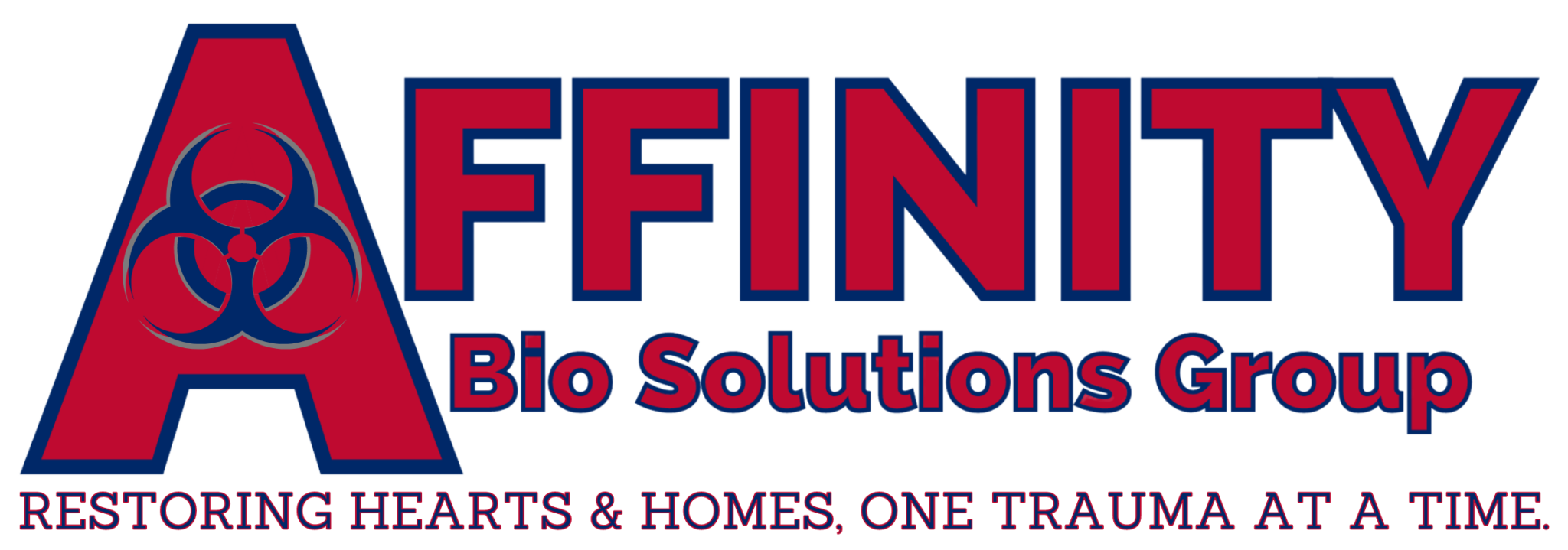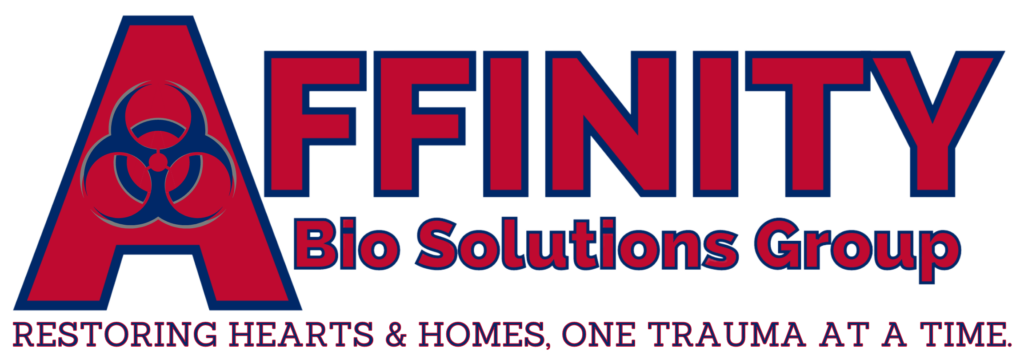Homelessness is a complex issue affecting communities across Texas, and the presence of homeless encampments raises concerns not only about the well-being of individuals experiencing homelessness but also about public health and safety. The cleanup of homeless encampments is a multifaceted process that involves collaboration between government agencies, nonprofit organizations, and local communities. In this article, we explore the challenges and procedures associated with cleaning up homeless encampments in Texas.
Who Cleans up Homeless Encampments in Texas?
-
 Municipal Responsibility:
Municipal Responsibility:
The responsibility for cleaning up homeless encampments often falls under the purview of municipal authorities. City or county departments, such as public works or sanitation, are typically involved in coordinating and executing cleanup efforts. However, the specifics of the process can vary from one locality to another.
-
Balancing Compassion and Regulation:
Homeless encampment cleanups require a delicate balance between addressing public health and safety concerns and demonstrating compassion for individuals experiencing homelessness. Many municipalities have established protocols to guide cleanup crews in their interactions with homeless individuals, emphasizing empathy and providing information about available support services.
-
Coordination with Outreach Organizations:
Effective cleanup initiatives involve collaboration with outreach organizations and homeless service providers. These organizations play a crucial role in connecting individuals with essential services such as shelter, healthcare, and social assistance. By working together, municipalities and outreach organizations aim to address the root causes of homelessness while ensuring the well-being of those affected by encampment cleanups.
-
Notification and Outreach:
Prior to initiating a cleanup, municipalities often provide advance notice to individuals in the encampment. This notification serves as an opportunity to inform residents about the impending cleanup, offer assistance in accessing available services, and encourage voluntary relocation. Outreach workers are frequently involved in this phase to establish rapport and build trust with those facing homelessness.
-
Cleanup Process:
The actual cleanup process involves the removal of debris, waste, and any structures erected within the encampment. Sanitation crews equipped with appropriate safety gear handle the removal of hazardous materials and ensure that the area is left clean and safe for public use. This process is typically conducted in compliance with local regulations and environmental standards.
-
Storage and Retrieval of Personal Belongings:
Municipalities often have protocols in place to handle the storage and retrieval of personal belongings found in homeless encampments. Individuals experiencing homelessness are typically given an opportunity to collect their belongings before the cleanup begins. In some cases, storage facilities may be provided to temporarily house personal items.
-
Addressing Health Hazards:
One of the primary reasons for homeless encampment cleanups is to address potential health hazards. Accumulation of waste, human waste, and unsanitary conditions can pose risks to both residents and the broader community. Cleanup crews are trained to manage these hazards while upholding the dignity and rights of individuals experiencing homelessness.
-
Legal Considerations:
Homeless encampment cleanups must adhere to legal considerations, including compliance with local ordinances and regulations. Municipalities often engage legal counsel to ensure that the cleanup process aligns with the law, protecting the rights of individuals facing homelessness while addressing broader public safety concerns.
-
Long-term Solutions:
While encampment cleanups are necessary for immediate public health and safety reasons, municipalities recognize the importance of pursuing long-term solutions to homelessness. This involves investing in affordable housing, mental health services, substance abuse treatment, and other support systems that address the root causes of homelessness.
-
Community Engagement:
Engaging the community is vital in fostering understanding and support for homeless encampment cleanups. Public forums, informational sessions, and collaboration with local advocacy groups contribute to an informed and compassionate community response, encouraging a collective approach to addressing homelessness.
Cleaning up homeless encampments in Texas is a complex process that requires a blend of compassion, coordination, and adherence to legal and regulatory standards. Municipalities, outreach organizations, and communities must work collaboratively to ensure that cleanups are conducted with respect, empathy, and a focus on addressing the underlying causes of homelessness. By taking a comprehensive approach, Texas communities can contribute to creating lasting solutions that provide support and dignity to individuals experiencing homelessness.

